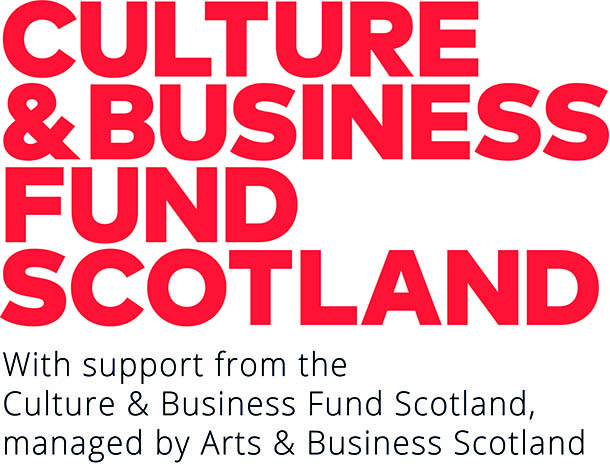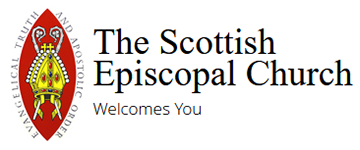Although as a visual artist I am used to working independently, like everyone else I still found the enforced isolation of lockdown challenging. As exhibitions were cancelled or postponed, I retreated into the studio. While I made an effort to share artwork over social media and was involved in some online exhibitions, I greatly missed in-person exhibitions. Much of my work is complex, textured and definitely isn’t designed to be seen as a tiny thumbnail on a phone screen! Along with the challenges we all shared during the pandemic, I also experienced some personal difficulties. I had only recently recovered from a major operation and during lockdown had to deal with another health setback. Then, very soon after lockdown ended, my mother passed away. I found that it was very important to keep working, to keep exploring new ideas and new methods, as I tried to make sense of what was going on around me.
Some artistic methods that I have long used took on new meaning during the pandemic. For example, I often use scraps of my own superseded prints to make mixed media collages, especially landscape collages. During lockdown I went even further into my own back catalogue and starting cutting up old paintings as well as prints to make into new works – as for example with ‘Heliads’, exhibited here today. Unsurprisingly, Covid, and now the conflict in Ukraine, gave me a fresh appreciation of the symbolism behind making a new, coherent picture from something that has been torn up and destroyed. After the destruction and loss of the pandemic, I hope that we can ‘pick up the pieces’ and rebuild in as positive a way as possible – particularly when it comes to reshaping our relationship with the environment.
Lockdown, and the cancellation of exhibitions, also gave me space to experiment and explore new themes. As an archaeologist I have long been interested in classical ruins, but during the pandemic I started to investigate the stories behind those ruins. My daughter, a Classics student, introduced me to the many myths of conflict, creation and change in Ovid’s ‘Metamorphoses’ and I was particularly struck by many of the female characters in the poem, such as ‘Philomela’ and ‘Niobe’. I began exploring some of their stories in my work, and became fascinated by how these old stories can strike a chord even in modern times, as we too grapple with war, love, destruction and grief.





